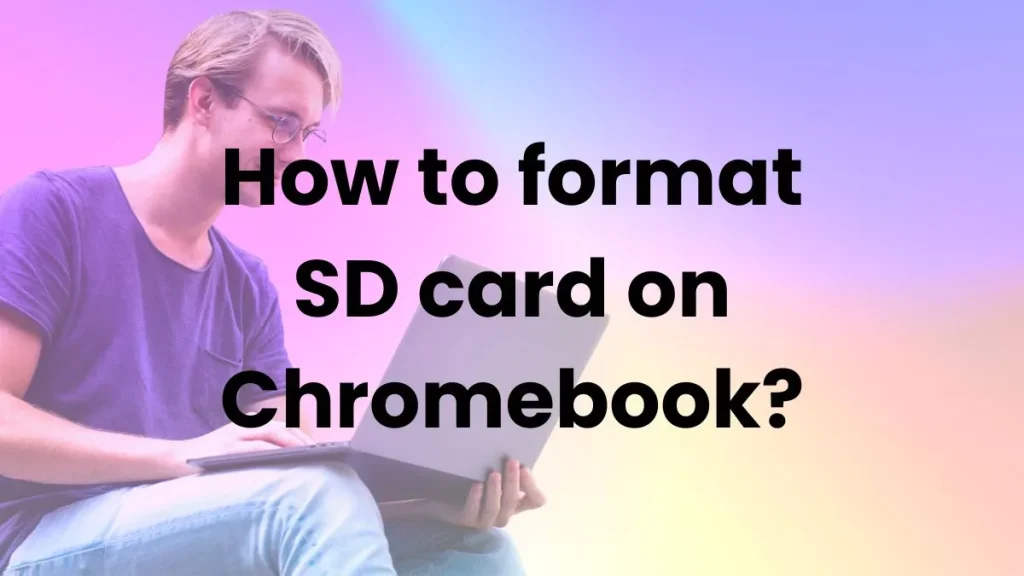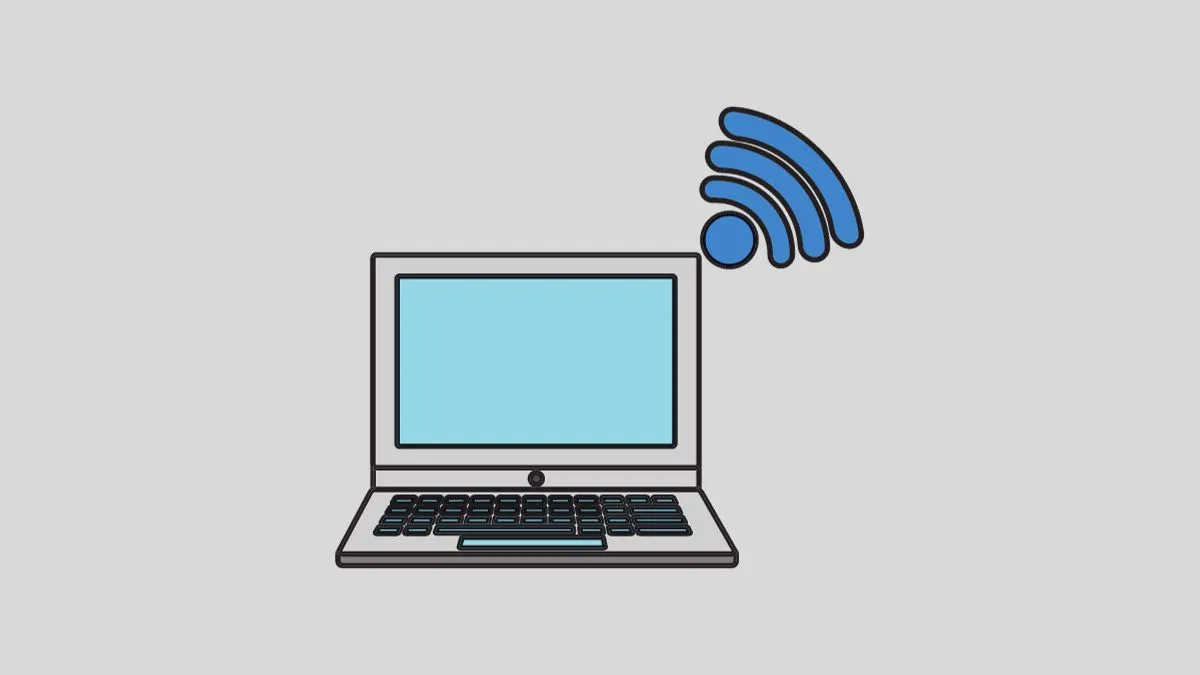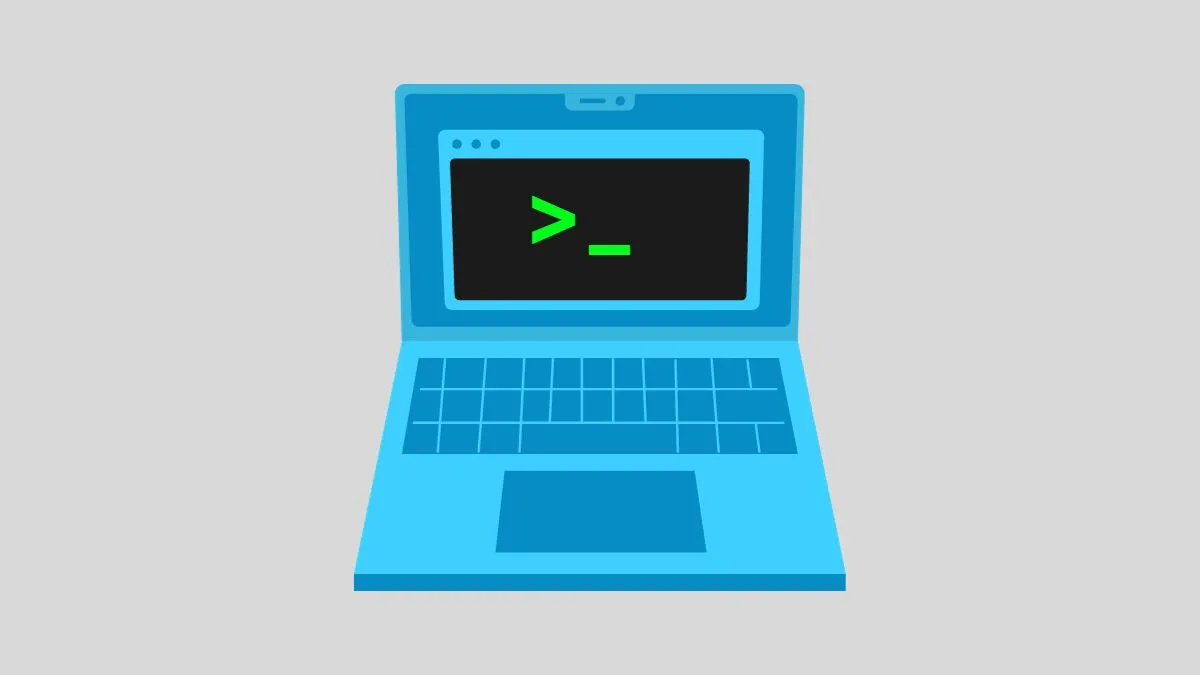Using an SD card with Chromebook to store data is a great way to expand the storage capacity. An SD card can be used for both personal and professional applications, such as storing photos, music, documents, and more.
However, before accessing the SD card on your Chromebook, you need to format it in order for it to work properly. In this article, we will show you how to easily format an SD card on your Chromebook.

By taking just a few moments to read this guide, you can quickly learn how to safely format and optimize your SD card in order to make the most of its storage capabilities when using your Chromebook device.
Things to keep in mind before formatting your SD card on Chromebook:
1- Always make a backup of any important data or files that are stored on the SD card before formatting, as this process will completely erase all information and there is no way to recover it after the fact.
2- Be sure you have chosen the right file system format for your SD card in order to avoid any potential compatibility issues with your device.
3- Check for any firmware updates or patches available for your particular model of SD card before formatting, as these may be necessary in order to ensure optimal performance and reliability when using the device with larger files or applications.
4- Once the formatting process is complete, safely eject the device and unplug it from your Chromebook before removing it in order to prevent data loss or corruption.
5- Finally, remember to regularly format your SD card in order to free up space on your device and keep it running at its best.
Step-by-step guide on how to format SD card on Chromebook:
1. Start by turning on your Chromebook and plugging in the SD card. This will most likely be an external device, so make sure that it is properly connected before moving forward.
2. Once you have confirmed that your SD card is plugged in, open up the Settings menu by pressing ‘Ctrl+Alt+Shift+S’.
3. Select ‘Storage Management’ from the list of options and then select “Format” at the bottom of the page.
4. Select your SD card from the drop-down menu under ‘Device’ and choose a file system format for your storage device (i.e., FAT32, ExFAT).
5. Click “Format” to start the process. Depending on the size of your SD card, it may take several minutes to finish formatting.
6. Once complete, you should now have a fully-formatted SD card that is compatible with your Chromebook device.
7. To ensure optimal performance and reliability, it is also recommended that you check for any firmware updates or patches available for your particular model of SD card.
8. Finally, be sure to safely eject the device before unplugging it from your Chromebook in order to prevent any potential data loss or corruption.
That’s all there is to it! By following these simple steps, you can quickly and easily format an SD card on your Chromebook device so that it will work properly and provide optimal
Reasons why you might want to format your SD card on Chromebook:
1. To free up space on your Chromebook device by deleting old or unnecessary files from the SD card.
2. To ensure optimal performance and reliability when using the device with larger files or applications.
3. To improve the security of data stored on the SD card by formatting it regularly, as this will help prevent corruption or accidental deletion of important information.
4. To take advantage of any new features or updates available for your particular model of SD card through firmware updates or patches.
5. And finally, to make sure that the SD card is compatible with your Chromebook device in order to avoid any potential compatibility issues while transferring data between devices.
Why can’t i format my SD card on my Chromebook?
There are a few possible reasons why you may not be able to format your SD card on your Chromebook.
First, it is possible that the file system format of your SD card is incompatible with your device, so make sure that you have selected the correct file system before attempting to format.
Additionally, some SD cards require firmware updates in order to work properly with certain devices, so make sure that any available updates for your particular model of card have been installed before formatting.
Finally, if your device does not recognize the SD card after inserting it into the port then this could indicate a hardware issue and you should consider replacing the device or having it repaired by a professional.
Why is my Chromebook SD card not showing up?
If your Chromebook’s SD card is not showing up, then the first thing you should do is check that it has been properly inserted into the port.
If it has been inserted correctly and still isn’t showing up, then this could indicate a hardware issue or incompatibility with your device.
In these cases, make sure to check for any firmware updates available for your particular model of SD card, as this could help resolve the issue.
Additionally, if none of these steps work then you may need to replace the device or have it repaired by a professional.
Conclusion
Formatting an SD card on your Chromebook can be a quick and easy process as long as you follow the steps outlined above.
It is important to make sure that the file system format of your SD card is compatible with your device, as well as check for any available firmware updates in order to ensure optimal performance and reliability when transferring data between devices.
FAQs
Do all SD cards work with Chromebook?
No, not all SD cards are compatible with Chromebooks. Make sure to check the device specifications before attempting to use any type of SD card on your particular model of Chromebook.
Why is my SD card not formatting on Chromebook?
There could be a couple of reasons why your SD card isn’t formatting on Chromebook. Firstly, check to make sure that you have the latest version of Chrome OS installed on your device.
Also, ensure that you are using an SD card with an appropriate file system (exFAT or FAT32). If your SD card is too large (over 32GB), it may also not be supported by Chromebooks.
How do I uncorrupt my SD card on my Chromebook?
If your SD card is corrupt, there are a few different ways to try and recover the data.
Firstly, you can try using an SD card recovery tool to scan the card for any recoverable files. If this doesn’t work, you may need to reformat your SD card and start again.
Where is the SD card reader on my Chromebook?
Most Chromebooks have an SD card reader built in, usually on the left or right side of the device. If you don’t see it, make sure to check your manufacturer’s instructions as some Chromebooks may require an adapter to use an SD card.
What SD card is compatible with Chromebook?
The most commonly used SD cards for Chromebooks are microSD cards, although full-sized SDHC and SDXC cards may also be compatible. Make sure to check the device specifications before using any type of card with your device.
Does SanDisk work with Chromebook?
Yes, SanDisk SD cards may be compatible with Chromebook devices. However, it is important to check the device specifications before attempting to use any type of card with your device.





